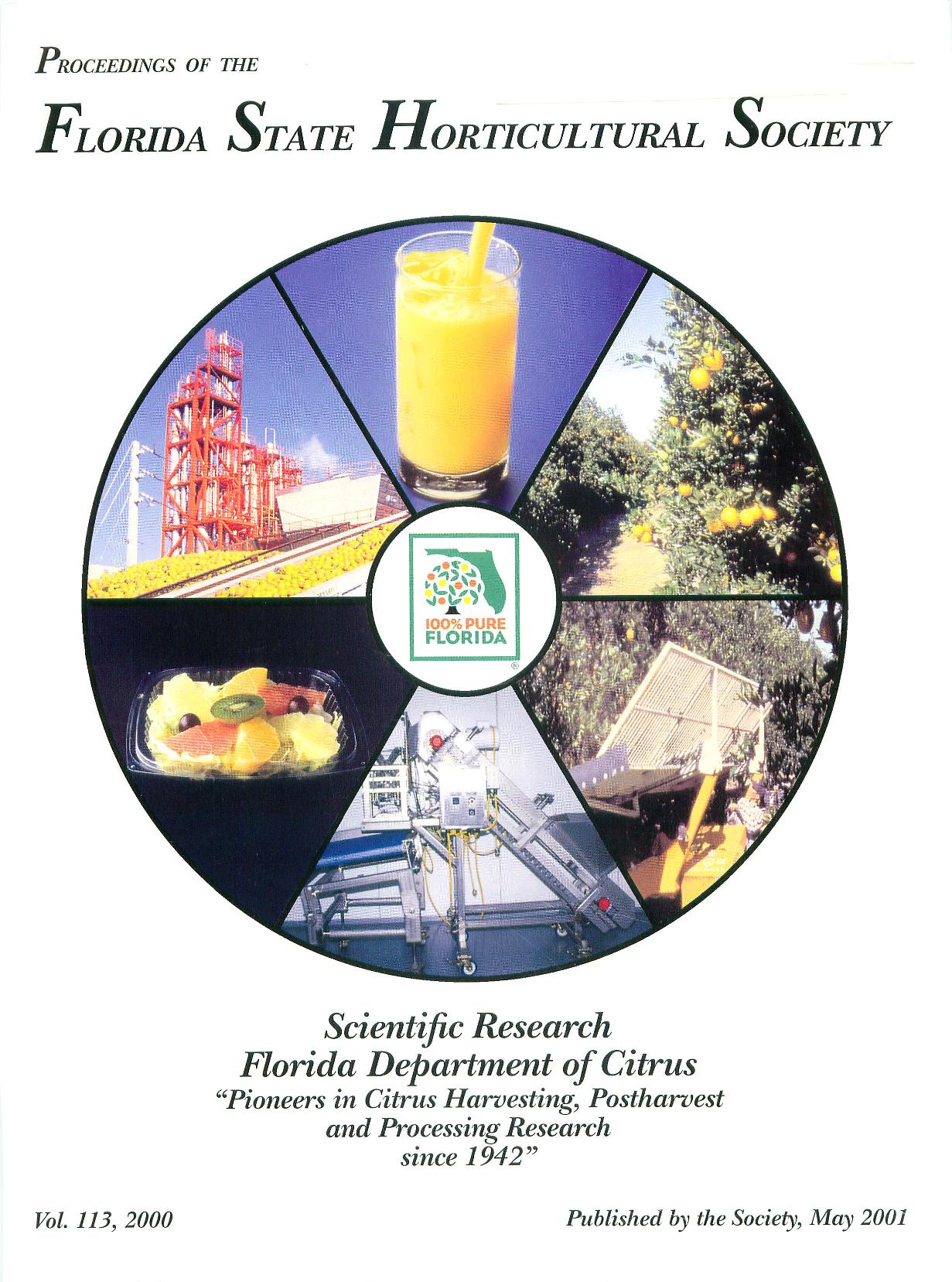Vegetable
Abstract
Under high temperatures, lettuce (Lactuca sativa L.) germination can be erratic or completely inhibited in commercial cultivars. However, priming seeds circumvents thermodormancy, facilitating germination at higher temperatures. 'Green Towers' and 'Desert Storm' were primed, pelleted, or film-coated by four different seed treatment companies to determine the effects of treatment on germination at 20 and 3(FC before and after storage for 9 months. Most of the seeds, regardless of treatment, germinated above 90% at 20pC before and after storage. At 30 C nonprimed seeds of 'Desert Storm' germinated at 57% and 'Green Towers' at 67%, while primed seeds germinated above 96% regardless of company treatment. After 9 months storage, germination at 30 C of controlseeds was as low as 2% for 'Green Towers', while germination of primed seeds was near 100%. Although there were some variations among the seed companies' techniques for priming, pelleting and film-coating, germination at 20 C was similar among treatments to the control. Pelleting and film-coating resulted in reduced germination at 30°C, especially after storage. Pelleted-primed seeds of 'Desert Storm' however germinated at the same rate as primed seeds after 9 months storage at 30°C. Vigor, measured as germination rate, and radicle length were similarly negatively affected by pelleting and film-coating. Seed priming, regardless of company, did not affect seed viability or seed vigor after 9 months storage of both lettuce genotypes, but germination at 30°C of pelleted and film-coated seeds lacking the priming treatment was reduced before and after 9 months storage. Under conditions of high temperature during germination, use of film-coated seeds or
pelleted seeds without priming should be avoided.

